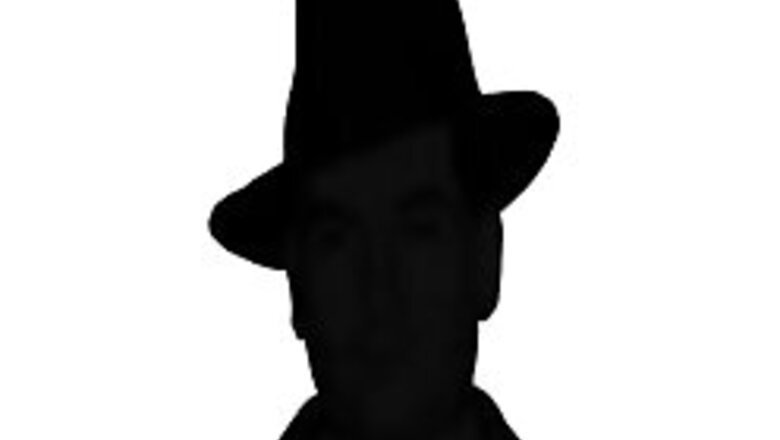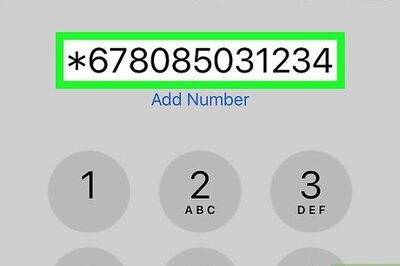
views
London: German spies hid secret messages in drawings of models wearing the latest fashions in an attempt to outwit Allied censors during World War II, according to British security service files released on Monday.
Nazi agents relayed sensitive military information using the dots and dashes of Morse code incorporated in the drawings.
They posted the letters to their handlers, hoping that counterespionage experts would be fooled by the seemingly innocent pictures.
But British secret service officials were aware of the ruse and issued censors with a code-breaking guide to intercept them.
The book - part of a batch of British secret service files made public for the first time - included an example of a code hidden in a drawing of three young models.
"Heavy reinforcements for the enemy expected hourly," reads a message disguised as a decorative pattern in the stitching of their gowns, hats and blouses.
The files reveal other ingenious ways spies tried to send coded notes through the post.
Invisible ink, pinpricks and indentations on letters were all used to convey details of troop movements, bombing raids and shipbuilding.
Codes were hidden in sheet music, descriptions of chess moves and shorthand symbols disguised as normal handwriting. Postcards were spliced in half, stuffed with wafer-thin notes and resealed.
Agents also used secret alphabets and messages that could only be read by taking the first letter of certain words.
The capture of two German agents in 1942 uncovered two such codes that British intelligence had repeatedly failed to crack, the declassified files reveal.
Britain's wartime spy chief David Petrie described the failure as "somewhat disturbing".
The code was used in a letter from "Hubert" to "Aunt Janet" to conceal the message: "14 Boeing Fortresses arrived yesterday in Hendon [London]. Pilots expect to raid Kiel [Germany]."
As the war went on, counterespionage officials developed ways of spotting suspicious letters.
Telltale signs of a spy's handiwork included rambling letters with no apparent point, often sent to neutral countries with too many stamps.
Clumsy or awkward phrases could be a sign that words were being forced to fit a code template.
Lists of numbers and long messages about games of bridge also aroused suspicion.




















Comments
0 comment